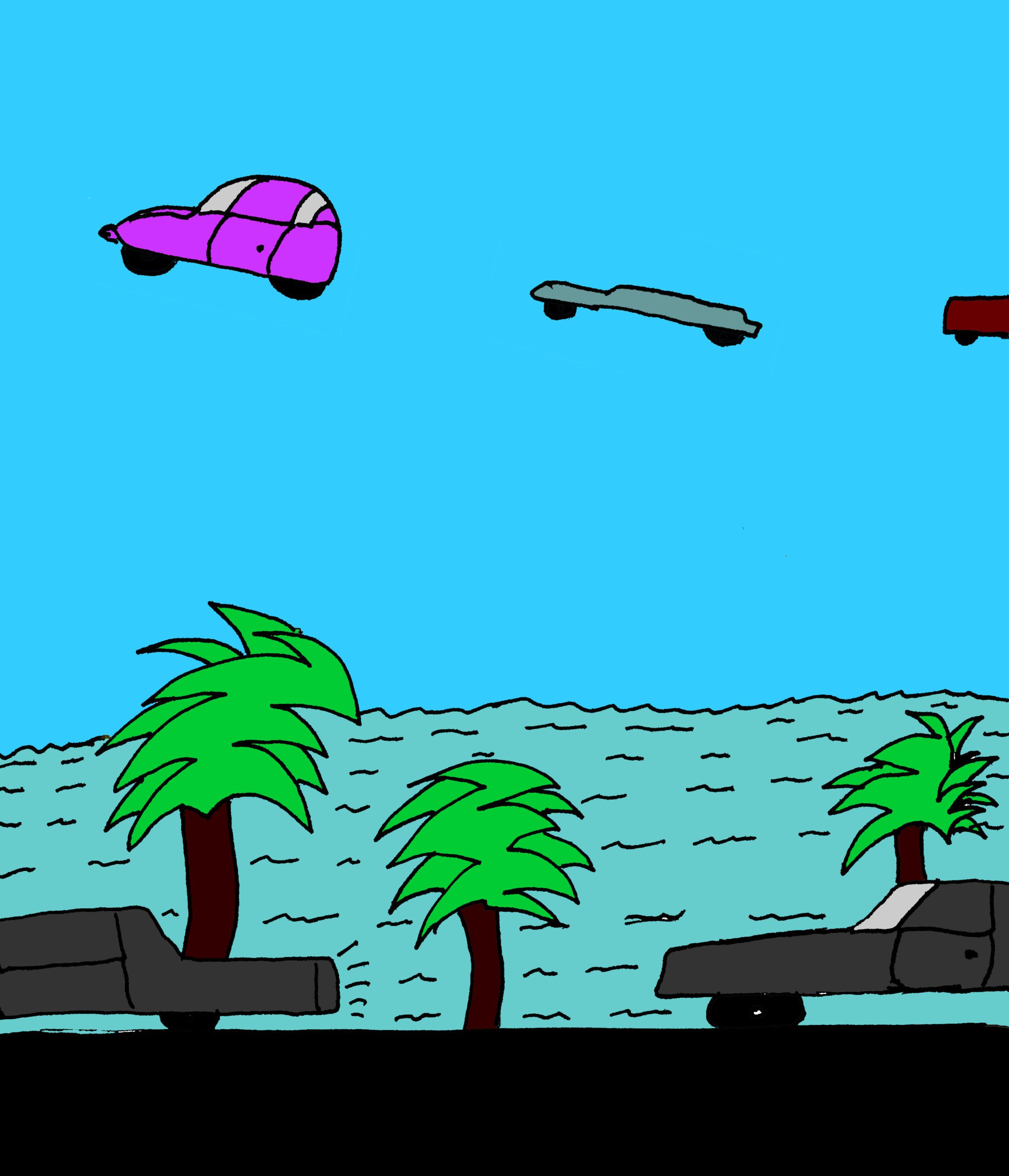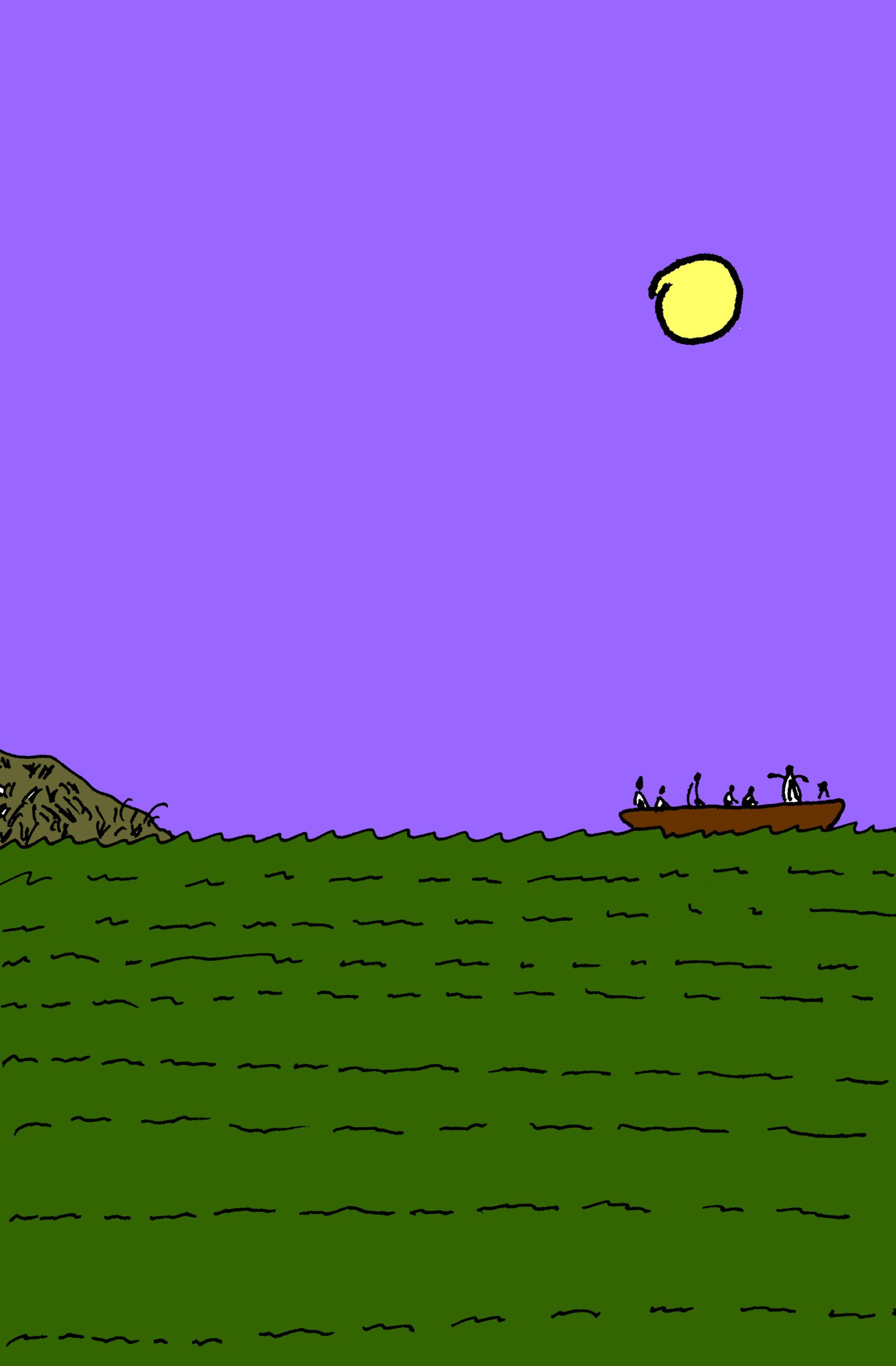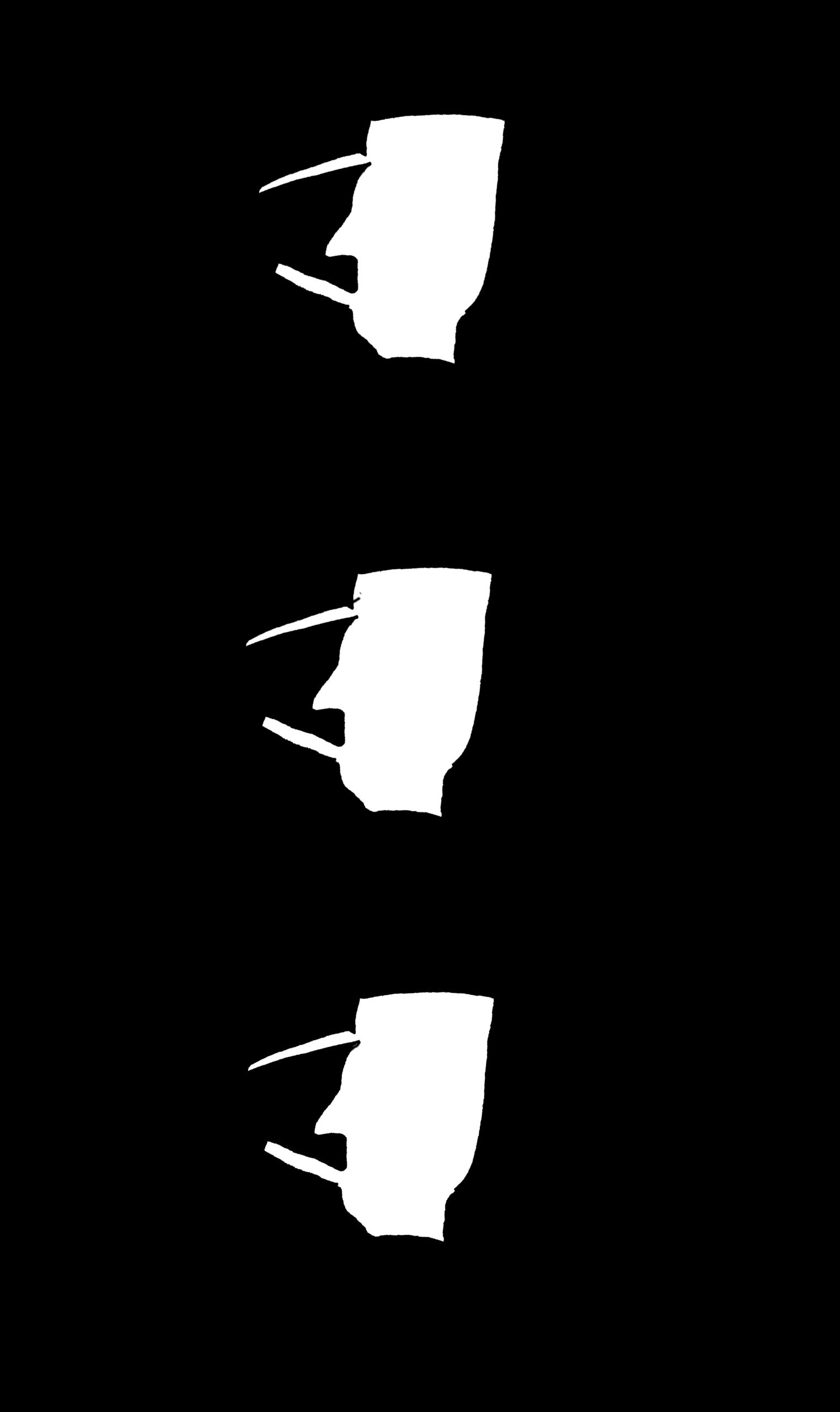I made my second visit to Cuba in 1992. I was crossing Avenida Tercera from the rocky beach in the Miramar neighborhood of Havana on the long walk to my friends’ home in Marianao, and Carlos pointed out that the military and police on every corner of this major avenue seemed more animated than usual. “Do you want to see Fidel Castro?” he asked.
“Yeah, definitely. But how do you know he’s coming?”
“Just watch.”
There was a long walk ahead of us, but Cuba had already hit Peak Oil when COMECON dried up after the fall of the Wall, and in those tightest days of what Castro called the Special Period, nobody who was able to walk would get in la cola to wait forever for the camellos, modified diesel trucks that transport people like cattle.
We were still wet from our swim, and so we waited and watched this stretch of road that went straight from one of Castro’s houses to central Havana.
*
Communist, refugee, boat person, Mary-el-ee-toe, criminal, psycho, Scarface—these are some of the names I was called growing up. I was the youngest of seven Arellanos, and we constituted one of only two Cuban immigrant families in Summit, New Jersey, population 20,000. Gracias a dios that Anthony, youngest son among the five Garcias, was in my same grade at school. It helped to have someone with whom to share the slurs. “Why don’t you go back to Cuba?” they asked, but I knew they weren’t really interested in the full story.
The exit visas are stamped November 18, 1960. My mother would tell me we packed for six weeks. My father admitted that he knew it could be as much as six months, a year maximum because no way was John F. Kennedy going to let an island of communism float so close to the United States.
My parents celebrated with the vast majority of Cubans when, on New Year’s Day 1959, Fidel Castro and his barbudos ousted the dictator Fulgencio Batista, who once sold casino licenses for kickbacks to Meyer Lansky and Lucky Luciano. Opposition leaders were routinely tortured and killed by Batista’s secret police, but the brutal dictator engendered his own slow, total demise when he granted amnesty to a ragtag group of mercenaries who stormed an army barracks in 1953, among their leaders a young attorney named Fidel and his brother Raul. (Anyone who would like a refresher on Cuba’s decline in the 1950s need only add Coppola’s The Godfather Part II to their Netflix queue.)
But shortly after Castro’s ascendency in January 1959, my parents’ brief relief quickly began to evaporate. Across the next eighteen months, with every speech aligning the Revolution to the Soviet Union, a new paradigm of anxiety gripped the island. My grandfather had built Arellano y Compania into “the Westinghouse of Cuba” by selling refrigerators and air conditioners on payment plans, but there was growing reason to worry Castro would nationalize the family business like he had the sugar mills, factories, and oil refineries. Neighbors turned against each other in the unrest, and my mother and father, with three small children and a fourth in utero, understood that Havana might not be safe again until Kennedy’s inevitable response. This is what el comunismo meant to them in those days—better pack up and head for Miami to protect the kids until the storm blows over.
On April 17, 1961, this family of six immigrants with one more on the way crowded around the TV and watched in disbelief alongside President Kennedy and the rest of the world the spectacular failure of the Bay of Pigs invasion. In a flash nearly 200,000 Cuban refugees understood that we’d lost our homeland and had better get used to life en la Yuma. We packed for six weeks, and we stayed for six decades.
Most Cuban exiles settled in South Florida, but my father found work in New York City, and for the next twenty years he commuted on the Eerie Lackawanna from Summit to Hoboken, took the Path to 33rd Street Station, and walked six long blocks to his office on Madison Avenue. For Tony Garcia and me, the teasing began in 1980, the year we both turned eleven. This was thanks to the news of the Mariel boatlifts, which over six months brought 125,000 more Cuban refugees to Florida. Everyone in America knew Carter made a big mistake letting in all those “boat people,” and after Reagan’s landslide win that November, there was no convincing the kids at school that my family had come over twenty years before the Marielitos, and that by the way, it happened to be on an airplane, not a boat.
*
The first thing you notice is that no cars are coming down the avenue. It immediately becomes apparent that this is because what you see going on at this intersection is happening at every cross street along Avenida Tercera. As soon as the last automobiles make their way down, the police stop all traffic trying to enter from the side streets. Every vehicle, from coco-taxi to diplomatic limousine, has to wait. Then all pedestrian traffic is stopped. Several clusters of Cubans and tourists loiter on the sidewalks, partaking in this daily historical ritual that accompanies a trip to Miramar beach. Soldiers make it clear that, although you may watch from the sidewalks, nobody should step off the curb. I remember Carlos saying that for so much as putting a toe on the pavement you could get arrested, and this was the best-case scenario, but he sometimes exaggerated to poke fun at his amigo Americano.
Carlos and I may go if we want to. We have crossed the street from the beach just in time. But instead, we watch and wait. Avenida Tercera is so straight and so wide that I see them before I hear them. A mile away the motorcycles’ chrome reflects the sun declining over the Straights of Florida. Their roar shakes up from the earth and thunders in my chest: four military bikes clearing passage down the avenue for a black motorcade of stout Mercedes-Benz sedans, six of them in all. We lean away on the sidewalks against their armored vortex. The first two go by dizzyingly fast, their tinted windows closed. Carlos senses my premature disappointment. “Wait.”
I see the third Mercedes coming and can tell that the passenger-side window is down in front. There is an arm on the edge of the door, and all of a sudden he is there in his famous beard and verde olivo, the tailored olive-green military suit, no more than ten feet from me, the man who took everything from my family, the one who survived so many US presidents, the devil, the angel: Fidel.
Then the fourth car goes by with an open window in back, and there he is again, Fidel with a newspaper! The fifth and six cars go by with more open windows and business-suited bodyguards in the passenger seats, and in the sixth car I see past the guard’s broad shoulders Fidel again, now driving.
Twenty-five years later, I like to think that among the decoys on his security detail that day, I saw the real Fidel. Carlos believed it was the third one. “He likes to drive, but stay out of the way. Remember how he ran into the gate in that attack on Moncada.”
Whenever someone speaks to me of Fidel, I respond, “Which Fidel?” The one who was up on the Sierra Maestra for six years entertaining Howard Matthews, the reporter from the New York Times? The one who in the year of the Revolution’s triumph set up “special tribunals” that executed five hundred Batista-era officials? The one who nationalized Arellano y Compania? The one who gave up his iconic cigar for the campaign against smoking? The one who enjoyed scuba diving on the world’s largest pristine coral reef? Who is the real Fidel?
*
In 1983, Tony and I were in junior high when taunts again worsened, thanks to a particular violent movie about the Cuban drug lord, played by an Italian American with an awful accent any real Hispanic could hear right through. One especially eye-rolling chant went “Fidel, you smell!” Through the 1980s, it pretty much sucked to be a Cubanito de Nueva Jersey.
Growing up Cuban-American, there was an oft-heard refrain that began: Cuando se muera Fidel. When Fidel is dead, we’ll go back and get that (house, car, business, etc.) he stole. This is our George Washington cutting down the cherry tree, this vision of Fidel’s funeral with all the exilados swarming the skies and seas on our triumphant return. But there was a catch: don’t ever go back until Fidel is dead.
By my early twenties, when my parents retired to Miami and I began traveling to Cuba, I remember a holiday cocktail party where a guest said, loud enough for everyone to hear,“Yo nunca dejaré que un hijo mío viaje a Cuba hasta que Fidel no esté muerto.” I would not let any son of mine travel to Cuba until after Fidel is dead. It was a real old gusano of the first wave, and standing there in his pressed guayabera, it was obvious he intended this as an insult to my father’s authority.
There is a tradition in Cuban exile families. Every New Year’s, we make a toast. El próximo en la Habana. Let the next one be in Havana. Thinking back on all those años nuevos with my dad in Key Biscayne, I remember how with each passing decade my father and his friends raised their glasses a little lower, their spines and shoulders sloping.
When I married in my thirties, my father was already dead and my mother too old to make it to the wedding. Now that my wife and I have two sons of our own, al final se murió Fidel. But we are not going anywhere. Three decades after my close encounter with Castro, facing another period of great uncertainty in my home country, I tell my own sons not to worry. We packed for our lives. We belong here.
***
Rumpus original art by Max Winter.








One response
Hey Bob!
Congratulations, a great essay. It was wonderful to have heard it in person from you at Bellagio.
Um abraço
Allan
Click here to subscribe today and leave your comment.